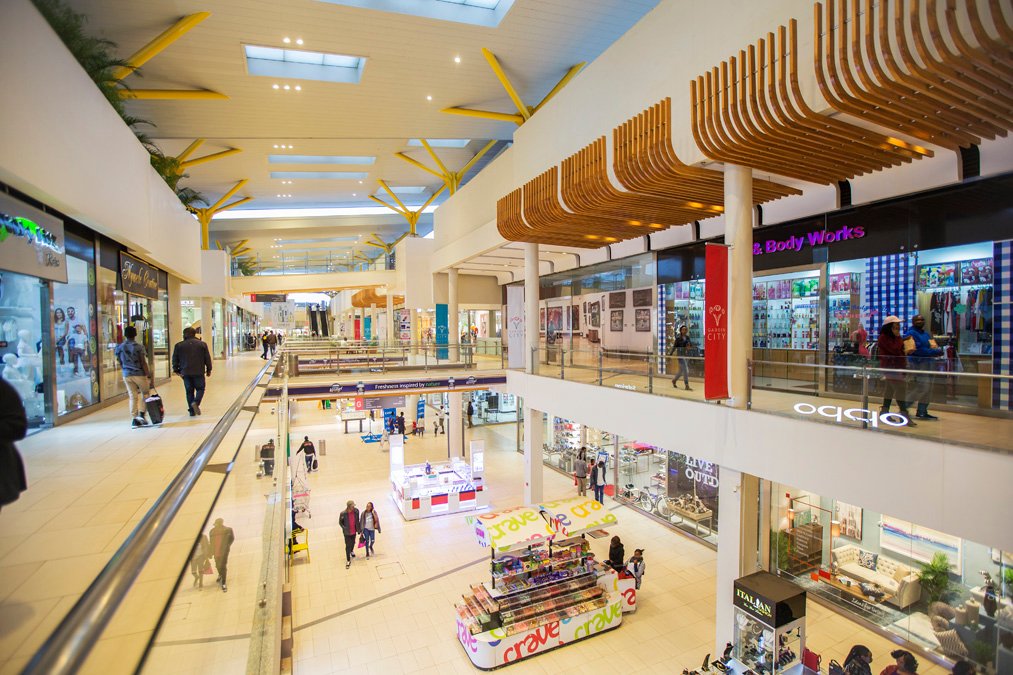Call us: (+254) 720851058

Shopping malls have become central to urban life in Nairobi, offering not only retail outlets but also dining, entertainment, and social spaces. However, over the past year, mall traffic and revenues have declined due to Kenya’s struggling economy. This article explores how two major malls along Thika Road—Thika Road Mall (TRM) and Garden City Mall—have navigated these challenges, revealing how location and tenant strategy can shape success.
Same Road, Different Fortunes
Both TRM and Garden City are located along Thika Superhighway, just a few kilometers apart. Yet their commercial fortunes have diverged, largely due to their position on the highway.
TRM lies on the inbound lane of the highway, making it easily accessible to commuters heading home from the Nairobi CBD. Because most urban Kenyans tend to shop after working hours, this positioning has favored TRM, which enjoys steady evening foot traffic and a loyal customer base. Garden City, on the other hand, sits on the opposite side—outbound toward the city—which makes it less convenient for evening shoppers.
Panda Mart: A Strategic Win for Garden City
While location has posed challenges for Garden City, the mall has recently received a major boost with the arrival of Panda Mart. The anchor tenant, known for its wide range of home appliances, fashionable apparel, and unique artifacts, has become a strong draw for middle-class and upper-middle-class shoppers.
Panda Mart’s reputation for affordability and variety has helped increase footfall at Garden City, encouraging shoppers to cross over or plan weekend visits specifically for this store. This shows how the right tenant mix can partly offset locational disadvantages.
The Bigger Picture: Mall Struggles in a Tough Economy
Despite these localized successes, the broader mall business in Kenya has experienced significant strain. Over the last year, many malls have reported falling sales, increased vacancy rates, and reduced consumer spending. Economic challenges such as high inflation, currency depreciation, and increased cost of living have caused many consumers to tighten their budgets.
According to the Kenya National Bureau of Statistics (KNBS) and retail industry reports, consumer purchasing power has declined steadily since 2023. As a result, malls that previously thrived on impulse shopping and leisure visits are now struggling to attract consistent foot traffic.
Lessons for Mall Developers and Retailers
The contrasting experiences of TRM and Garden City offer useful lessons. First, location remains a critical success factor, especially in a city where traffic patterns influence shopping behavior. Second, tenant strategy matters—a strong anchor like Panda Mark can reshape a mall’s performance. Finally, mall owners need to adapt by offering value-driven shopping, improving access, and diversifying their tenants to include entertainment, medical, and co-working services.
References
- Kenya National Bureau of Statistics (KNBS), Economic Survey 2024
- Knight Frank, Kenya Market Update H2 2023
- The Standard Media, “Retail Sector Facing Shift Amid Consumer Spending Decline”
- Business Daily Africa, “Why Malls Are Losing Tenants in Nairobi”
Conclusion
Kenya’s mall sector is at a crossroads. As the economy continues to challenge both businesses and consumers, malls must adapt quickly. For TRM, strategic location remains a winning card. For Garden City, innovative tenancy is showing promise. But for both—and others like them—resilience will depend on how well they respond to the changing behavior and wallets of Kenyan shoppers.

